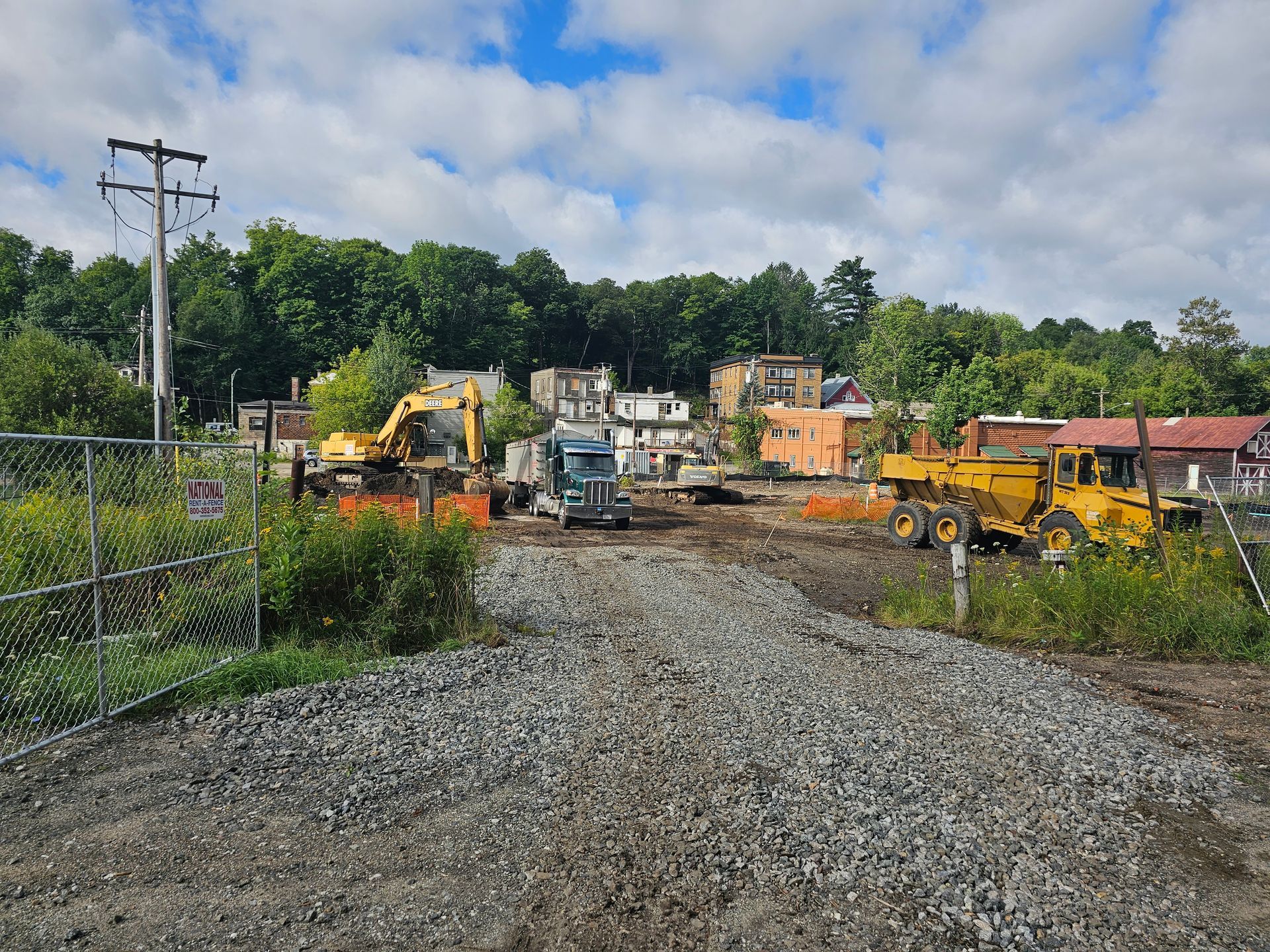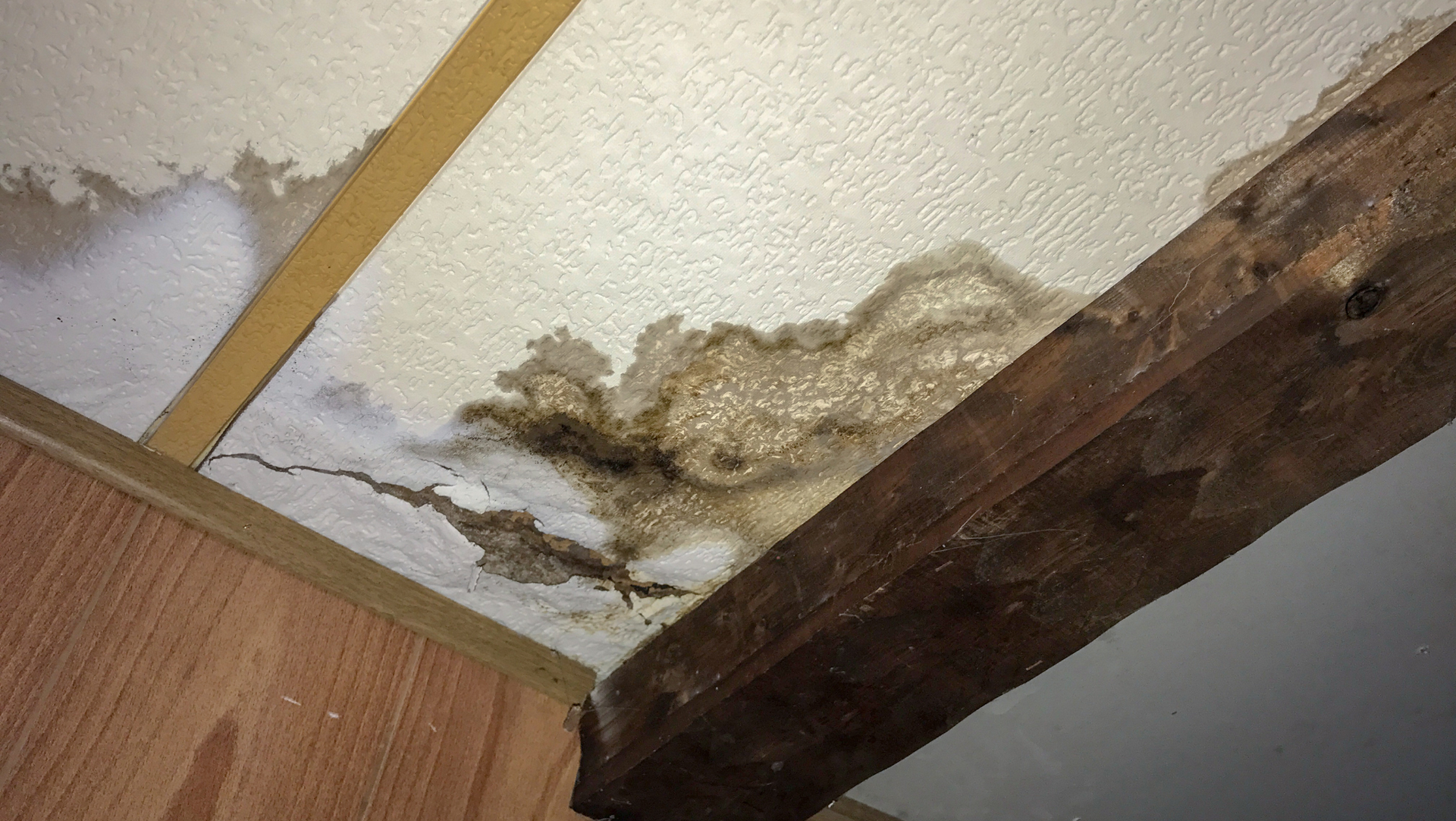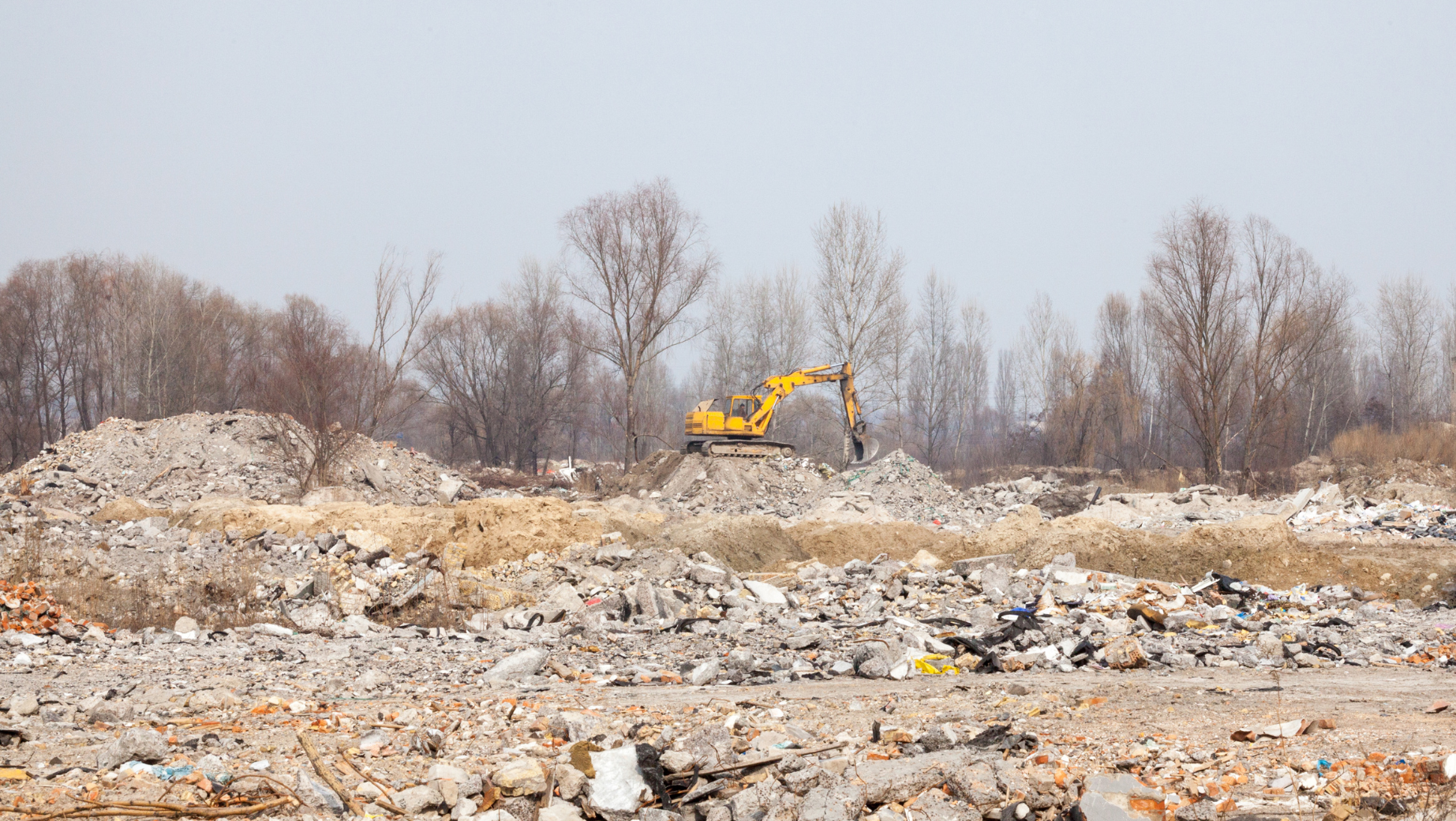Abatement vs. Demolition: What’s the Difference and Why It Matters

Hazard Management or Structural Removal?
Understanding Abatement vs. Demolition
When it comes to managing older buildings or contaminated sites, the terms "abatement" and "demolition" often arise. While both processes involve altering or removing structures, they serve distinct purposes and follow different protocols. Understanding the differences between abatement and demolition is crucial for property owners, contractors, and environmental professionals to ensure compliance, safety, and sustainability.
What Is Abatement?
Abatement refers to the process of identifying, containing, and removing hazardous materials from a structure or site. Common hazards include asbestos, lead-based paint, mold, and polychlorinated biphenyls (PCBs). The primary goal of abatement is to mitigate risks to human health and the environment.
Abatement requires specialized training and certifications to handle hazardous materials safely. Professionals use techniques like sealing off contaminated areas, applying encapsulants, or carefully removing toxic substances for proper disposal.
What Is Demolition?
Demolition, on the other hand, involves the tearing down of a structure, either partially or completely. It is typically undertaken when a building has reached the end of its useful life, has significant structural issues, or needs to make way for new construction. Demolition focuses on efficiency and debris removal rather than hazardous material management. However, regulations often require that any hazardous materials be identified and addressed before demolition begins.
Why The Distinction Matters
The distinction between abatement and demolition is critical because failing to address hazardous materials during demolition can have severe legal, environmental, and health consequences. For instance, demolishing a building containing asbestos without prior abatement can release dangerous fibers into the air, endangering workers, nearby residents, and the broader environment.
Abatement is a vital first step when hazardous materials are present, ensuring that demolition can proceed safely and in compliance with regulations. Both processes must align with local, state, and federal laws to avoid penalties and protect public health.
Choosing The Right Approach
Determining whether a project requires abatement, demolition, or both depends on the condition of the structure and the presence of hazardous materials. Conducting a thorough site assessment is essential to create an informed plan.
Partnering with experienced environmental professionals, like MP Environmental, ensures that projects are handled safely and sustainably. Whether it’s removing asbestos or demolishing a dilapidated building, prioritizing safety and compliance benefits everyone involved and safeguards the environment.
Understanding the differences between abatement and demolition not only streamlines the process but also helps protect people and the planet.





